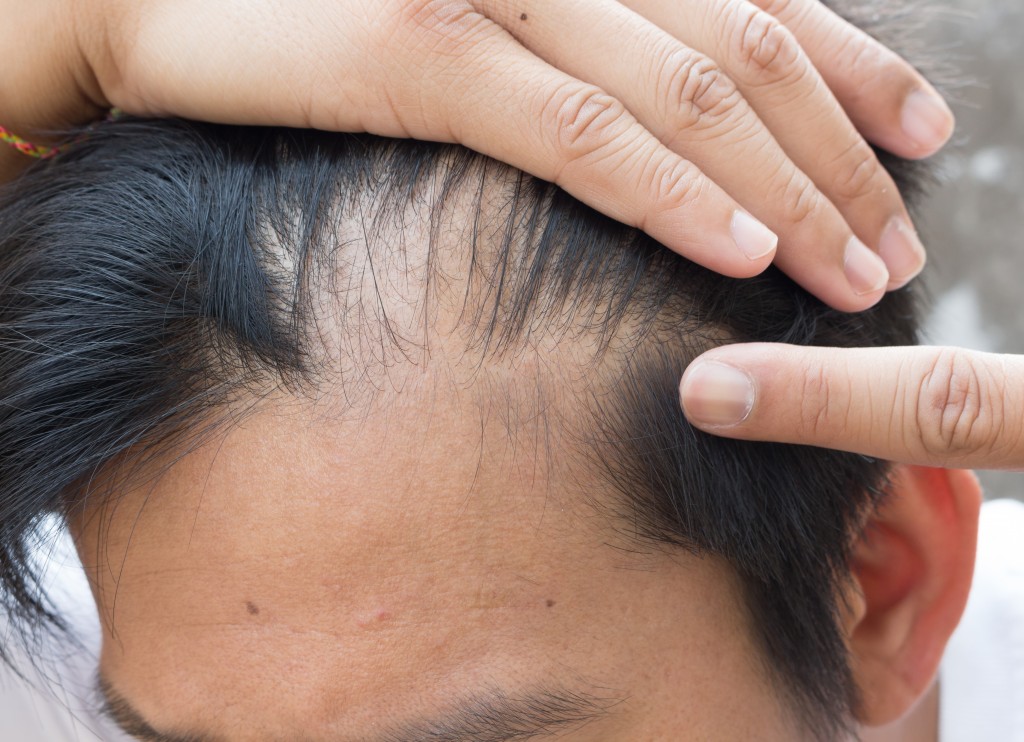People are blessed with around 100,000 follicles, and an average adult loses about 100 strands of hair every day without any significant difference. Although there may be shedding of hair, new hair is also growing.
As people age, hair growth slows down and may result in hair loss. Some causes may also include disturbance in the hair cycle or the hair follicle, pulling of the hair, hair styling products, skin disease, substance abuse, hormonal disease or family history. In Singapore, the number of hair loss centres and the need for a reputable aesthetic doctor is increasing. Truth is, hair loss has become a 21st-century disease.
One of the leading causes of hair loss is stress, which can affect everybody. Other factors aside from stress, like poor diet and late nights, can also contribute to the disruption of hormonal balance and can result in balding. However, for people who are experiencing hair loss, it is important to be diagnosed correctly before treatments can be discussed.
One common misconception when it comes to hair loss is that it is permanent, when in fact, it is not. Effective hair loss treatments are available, and the results may even reverse hair loss or may slow down the thinning. Treatments may include oral medications, non-surgical treatment and hair transplant.
Oral medications
 For those who are being treated for because of a disease, balding may be one of the side effects. This may include drugs such as prednisone that is used to reduce the inflammation in the immune system. Some medication options that have been proven effective in treating hair loss at the crown and mid-scalp include:
For those who are being treated for because of a disease, balding may be one of the side effects. This may include drugs such as prednisone that is used to reduce the inflammation in the immune system. Some medication options that have been proven effective in treating hair loss at the crown and mid-scalp include:
- Finasteride – a prescription drug approved for male patients. It is taken as a pill on a daily basis and may result in the slowing of hair loss and signs of new hair growth. Continuous use of the pill assures the patient continuous benefits. However, it is not advisable for men 60 years old and above.
- Dutasteride – compared to finasteride, dutasteride significantly shows more hair growth. However, this medication has not yet been approved by the U.S. FDA as a treatment for hair loss.
Non-surgical treatment
Low-level laser therapy – this FDA-approved non-surgical treatment uses laser technology to treat hair loss and to slow hair thinning for men and women. It is a non-painful treatment that triggers the hair follicles and can lead to the regrowth of a thicker and even fuller hair.
Hair Transplant
Hair transplant is a type of treatment that makes the most out of the hair that was left. The procedure is done by removing tiny patches of skin that contains some hair from the back or side of the scalp. For some cases, a larger patch of skin containing more hair is removed. Then, the bald sections are implanted follicle by follicle, especially in the most common areas for thinning hair such as the crown area and hairline. Hair transplant is one of the available treatments that offer longer-lasting results.
Lastly, some people who feel like they are in a hopeless case use wig or hair weave in order to disguise hair loss. Others use hair products to make the hair appear fuller. The causes of hair loss are varied, but these diseases can be stopped and treated to decrease hair loss. Even for those who may think that they have an incurable condition, treatments may help reduce balding.
